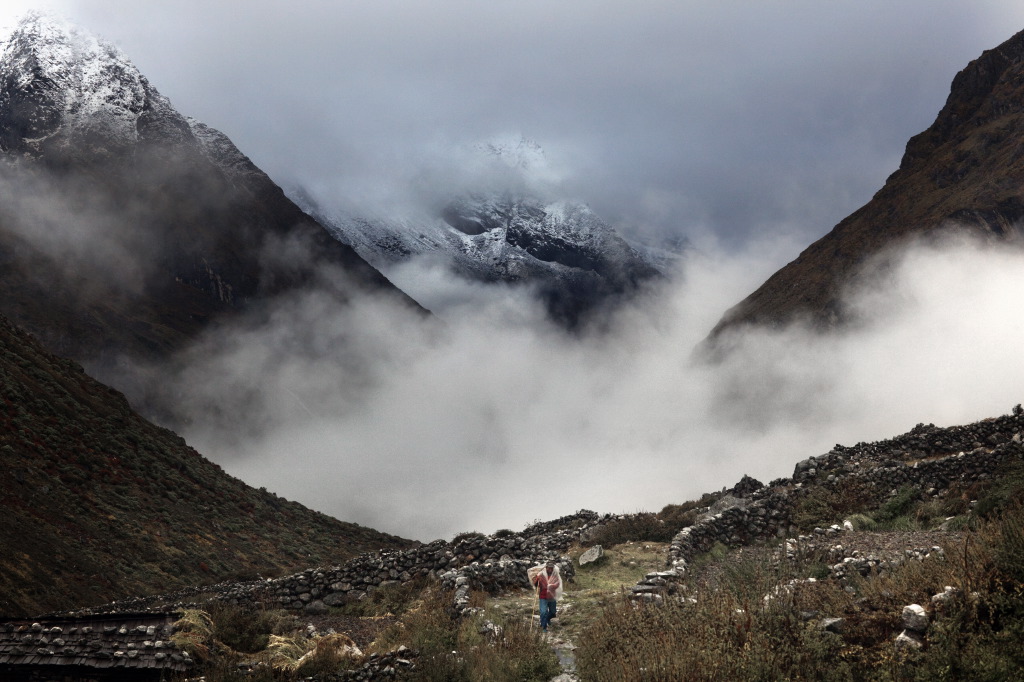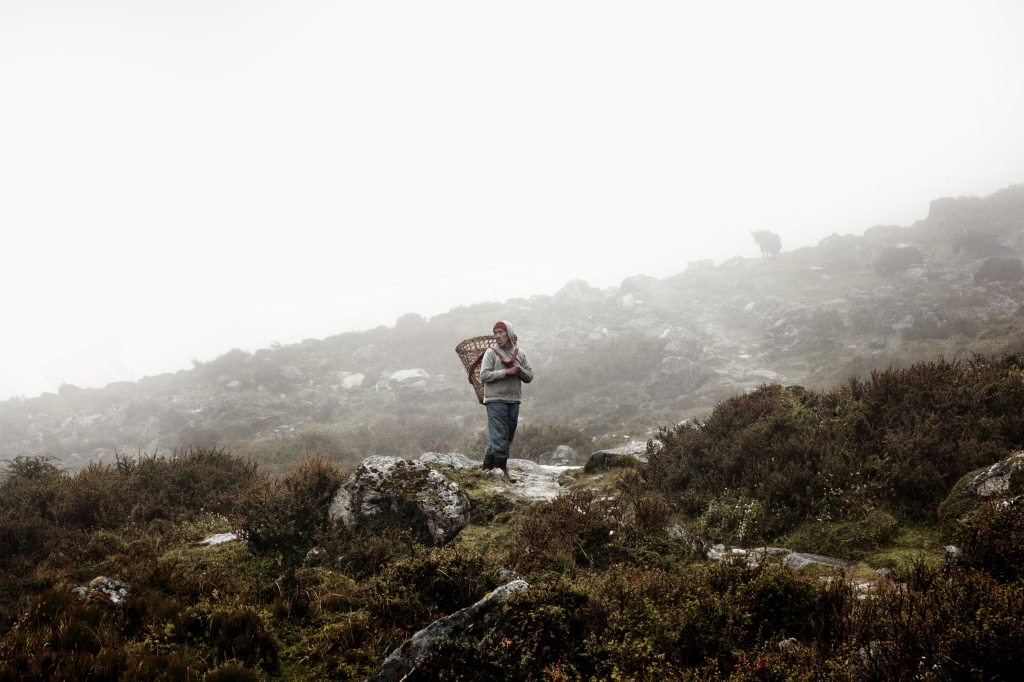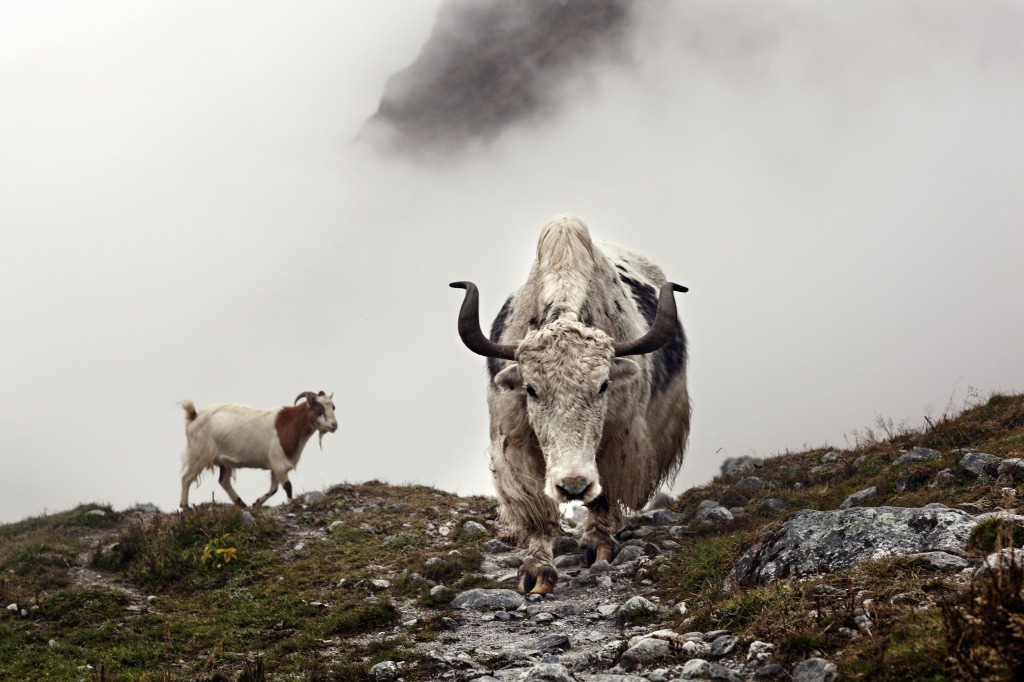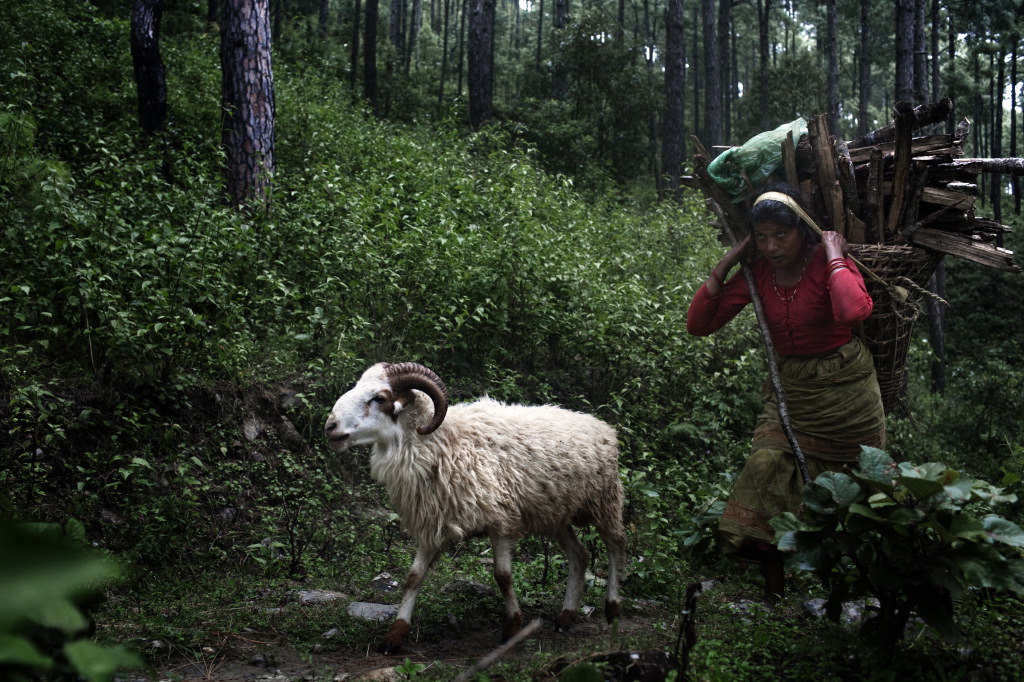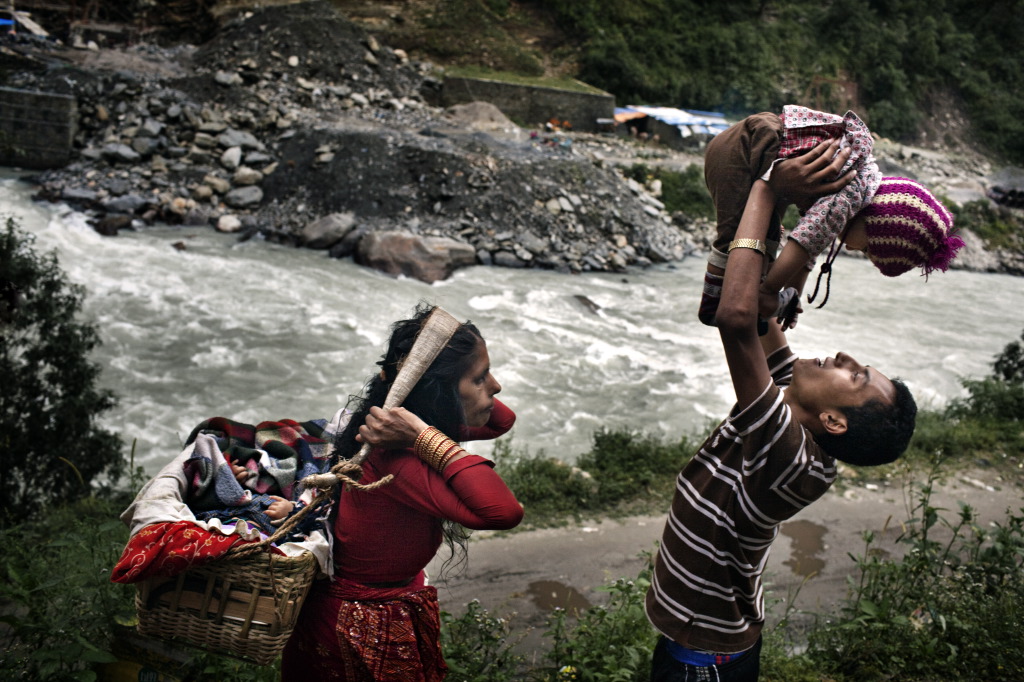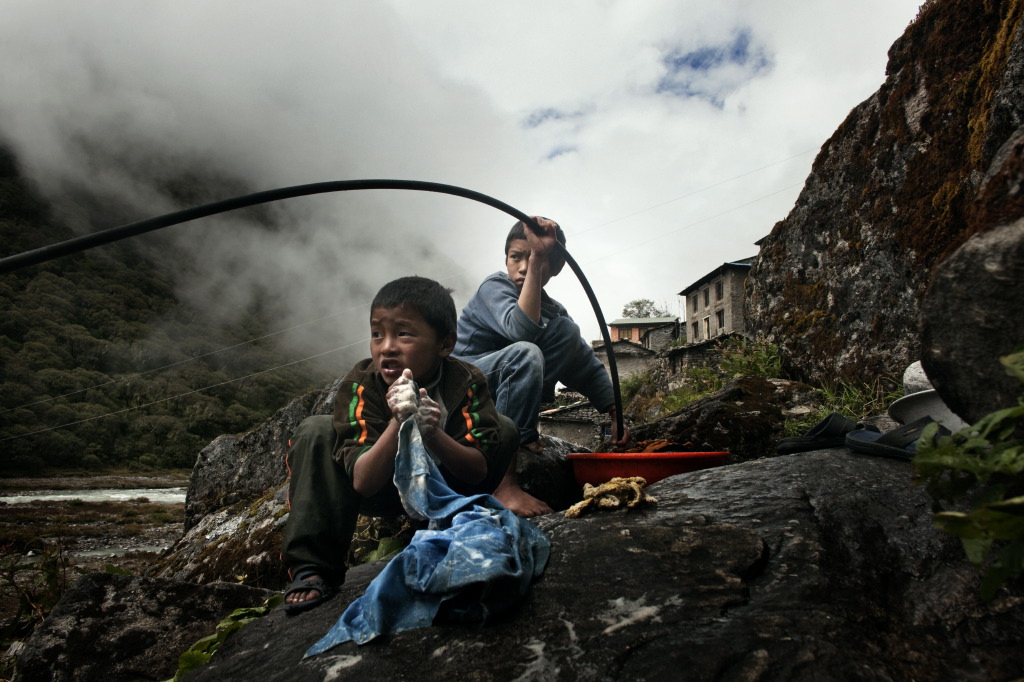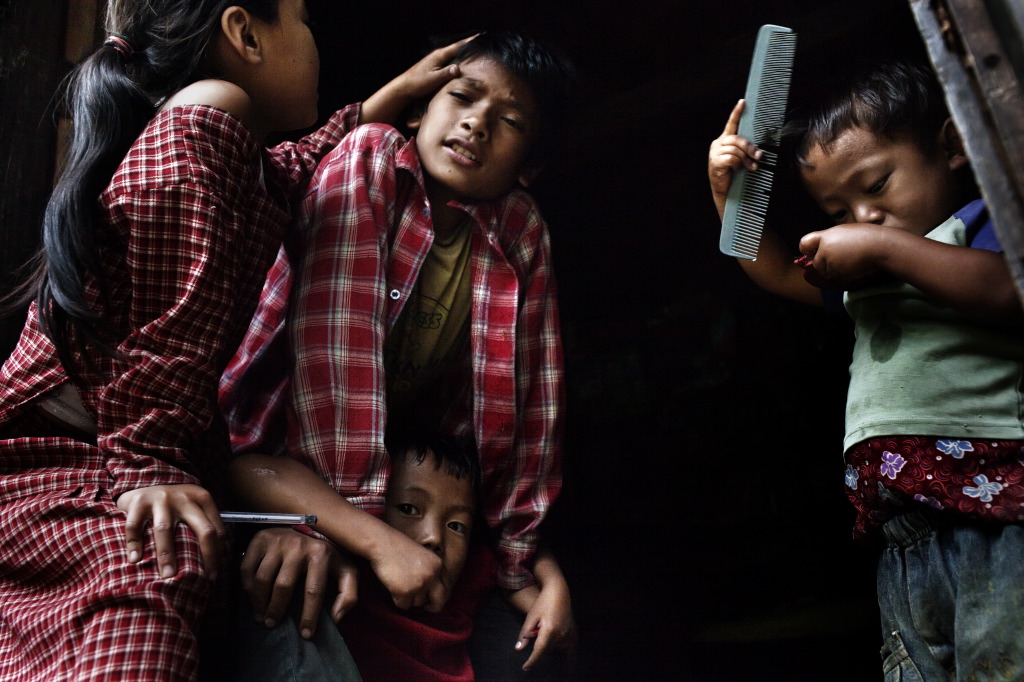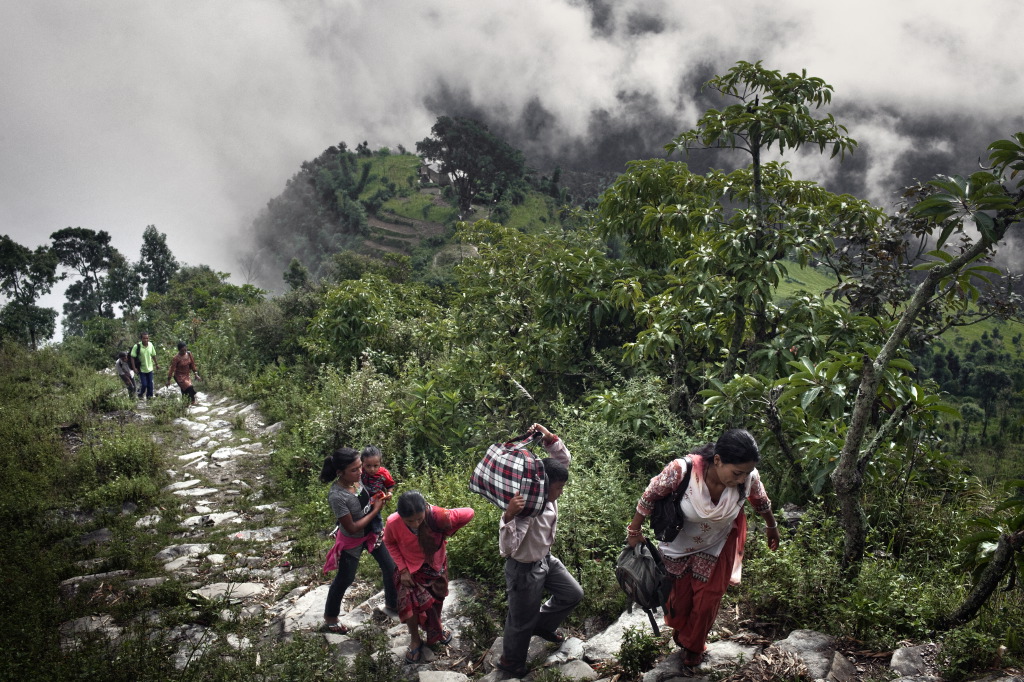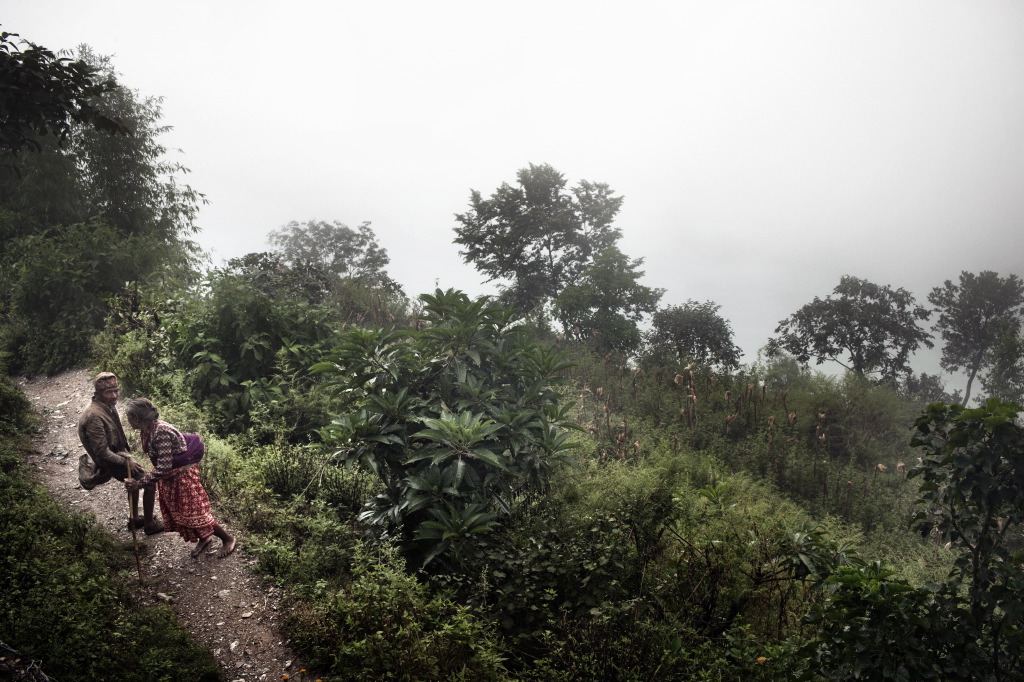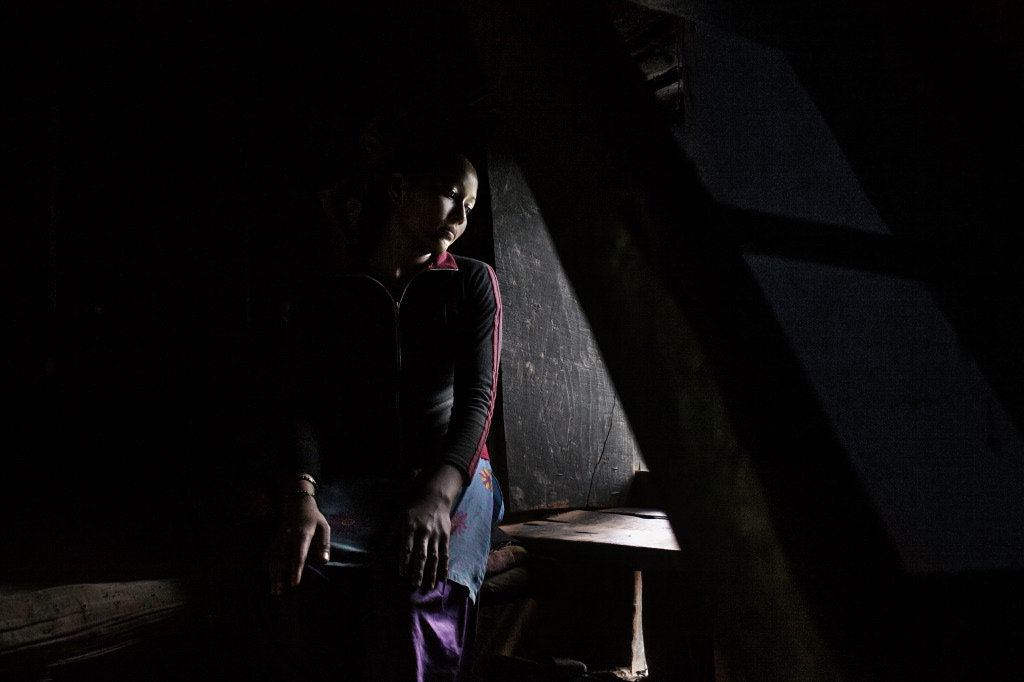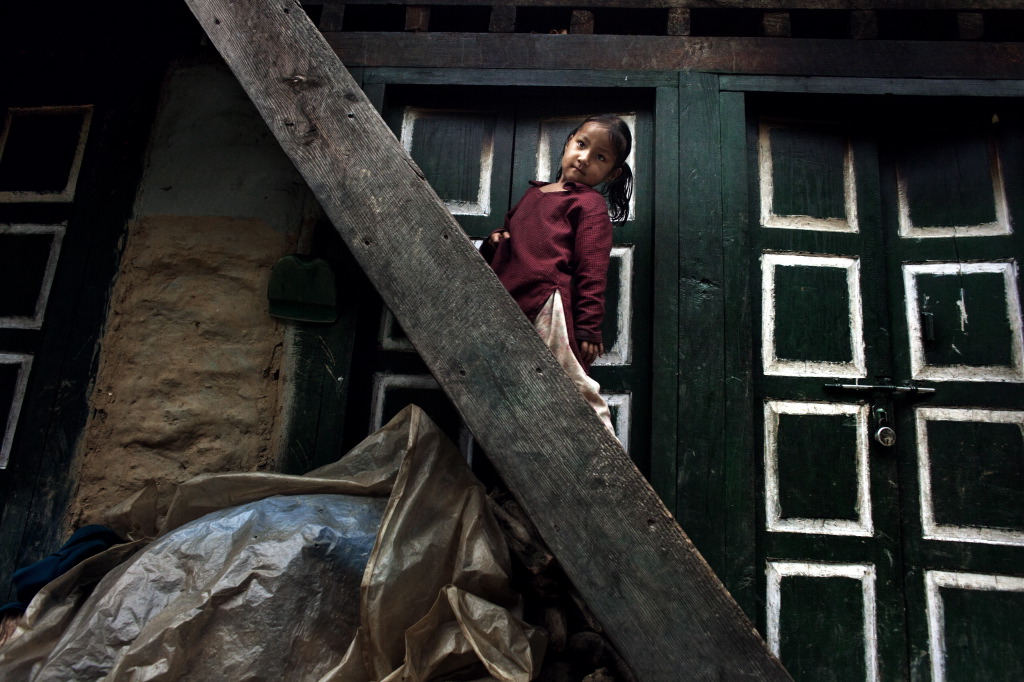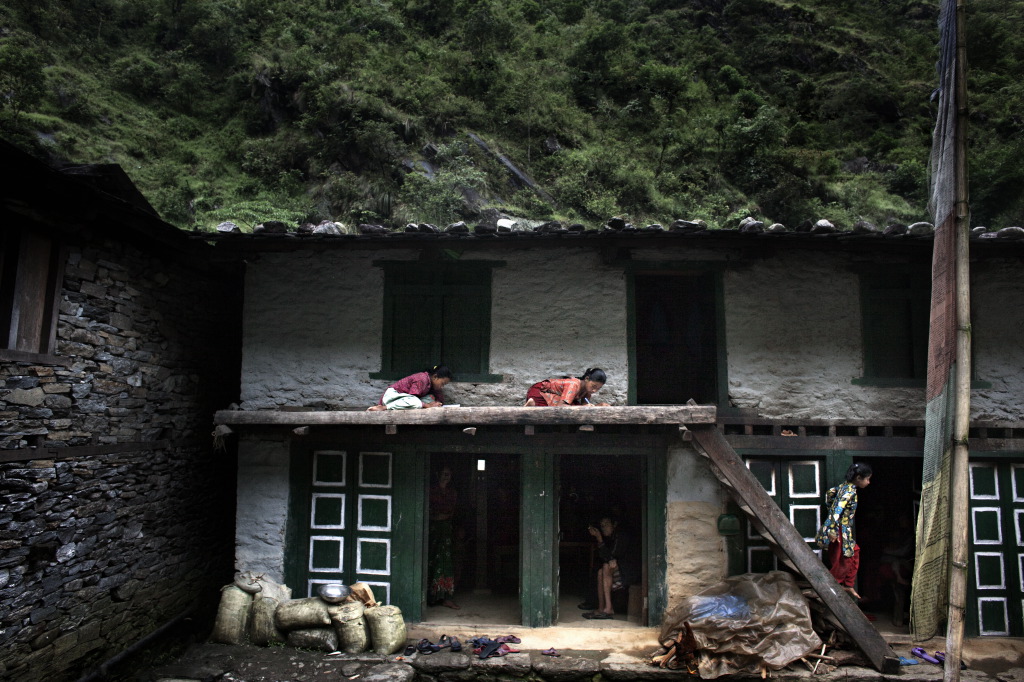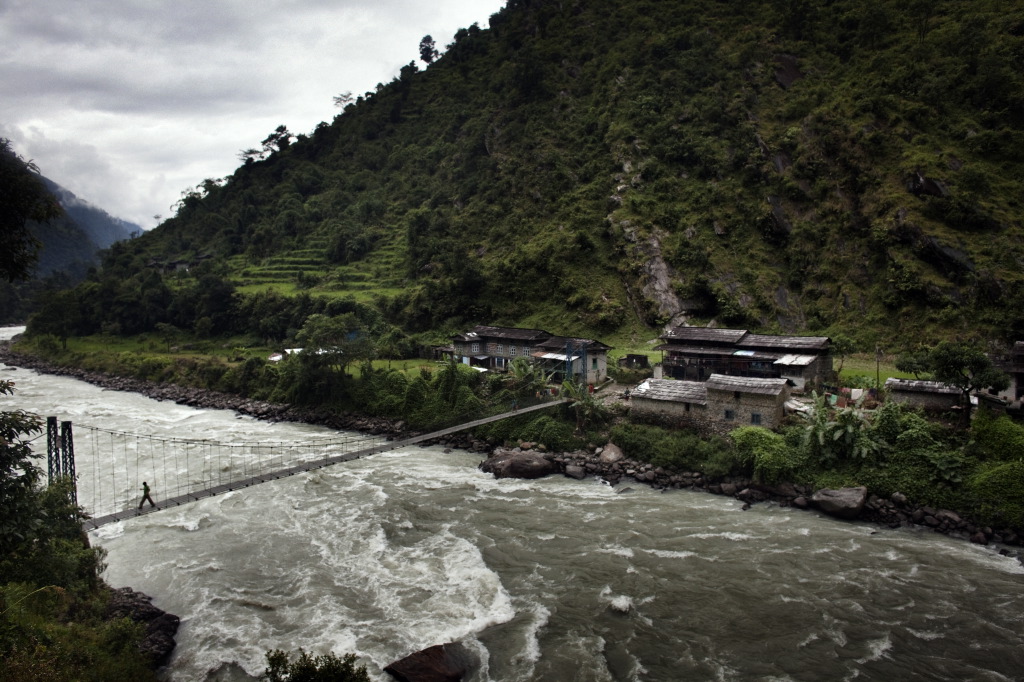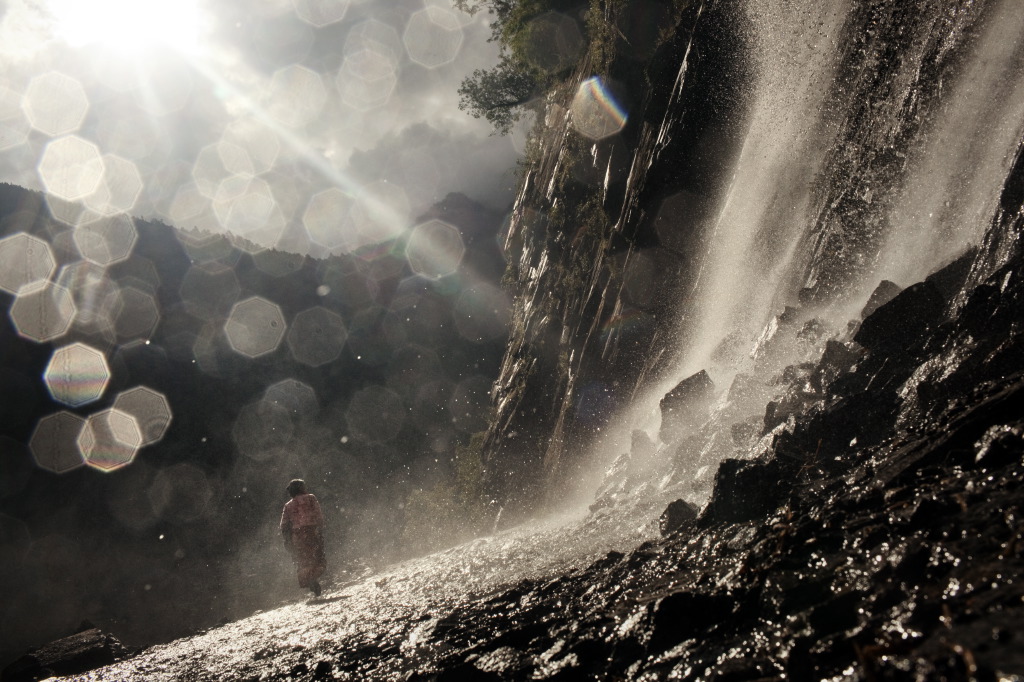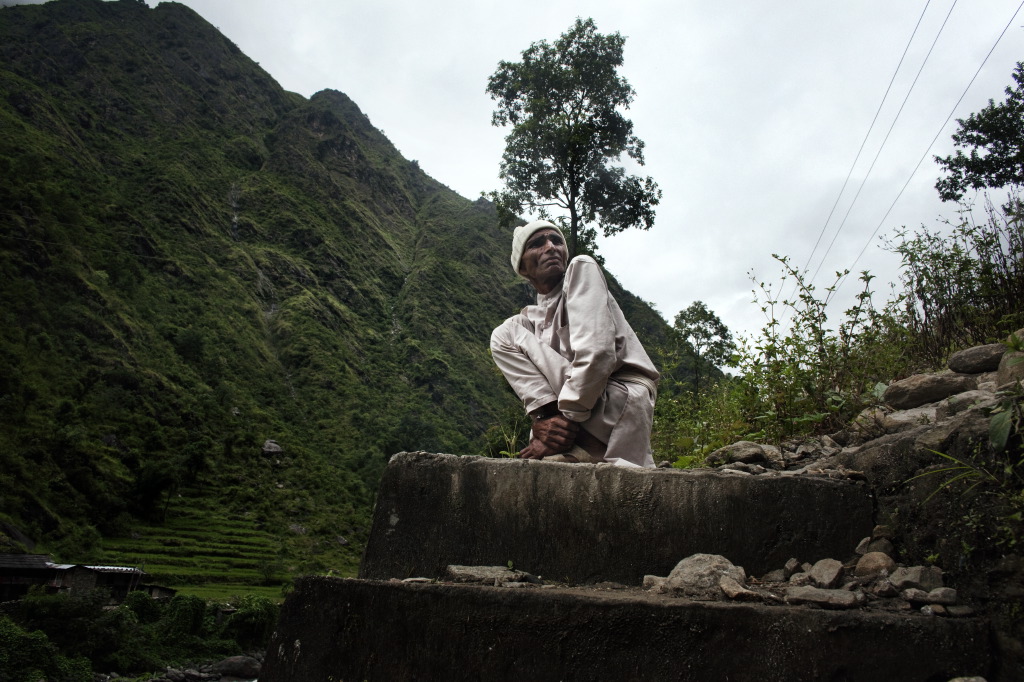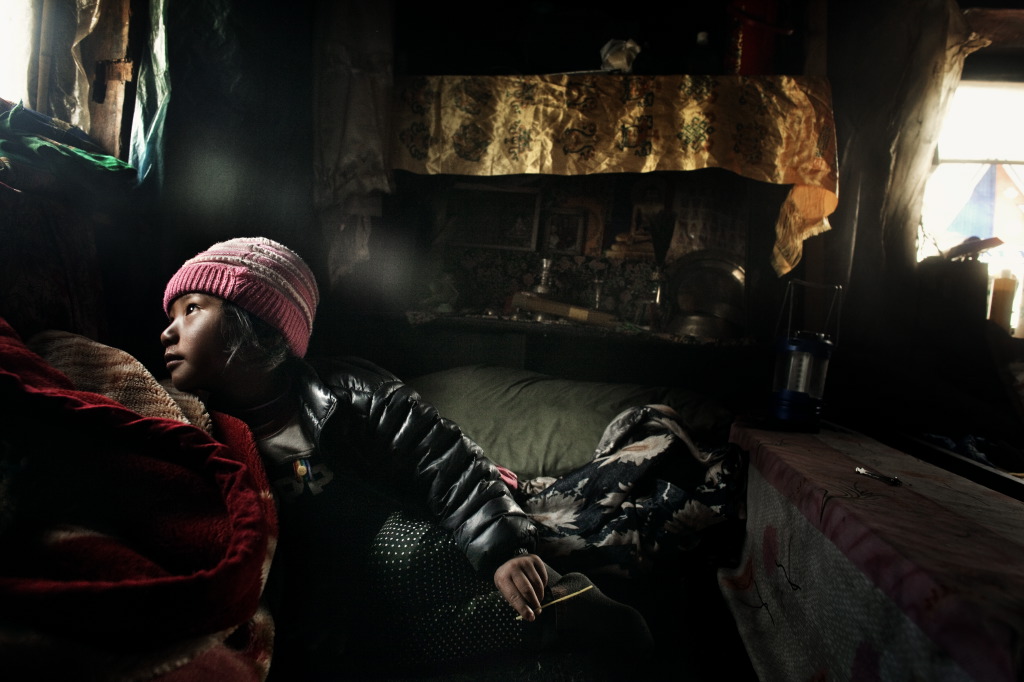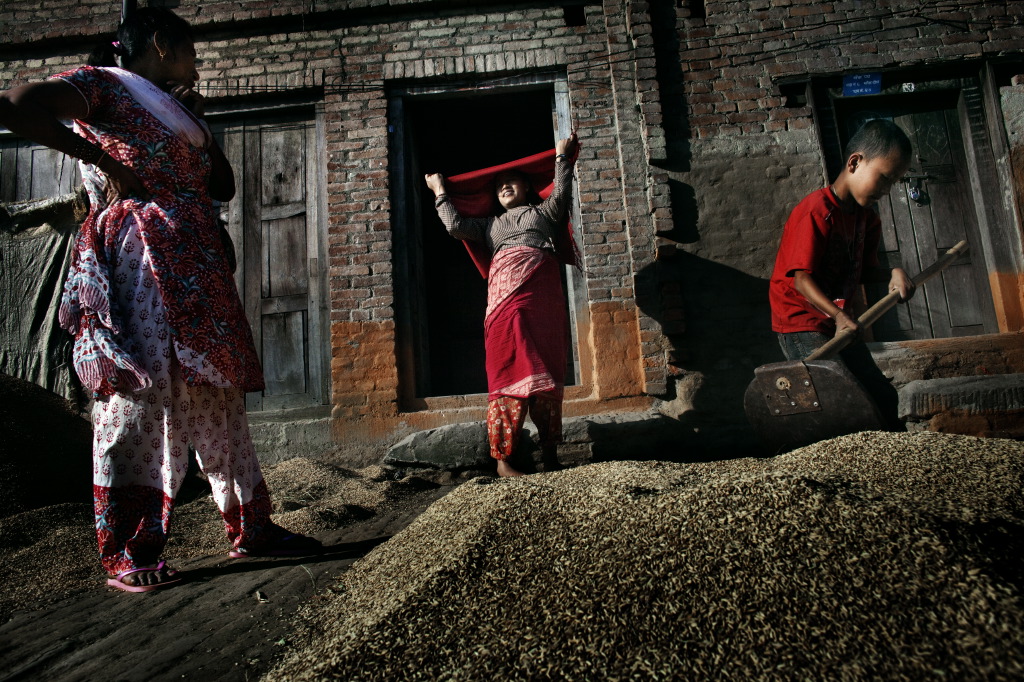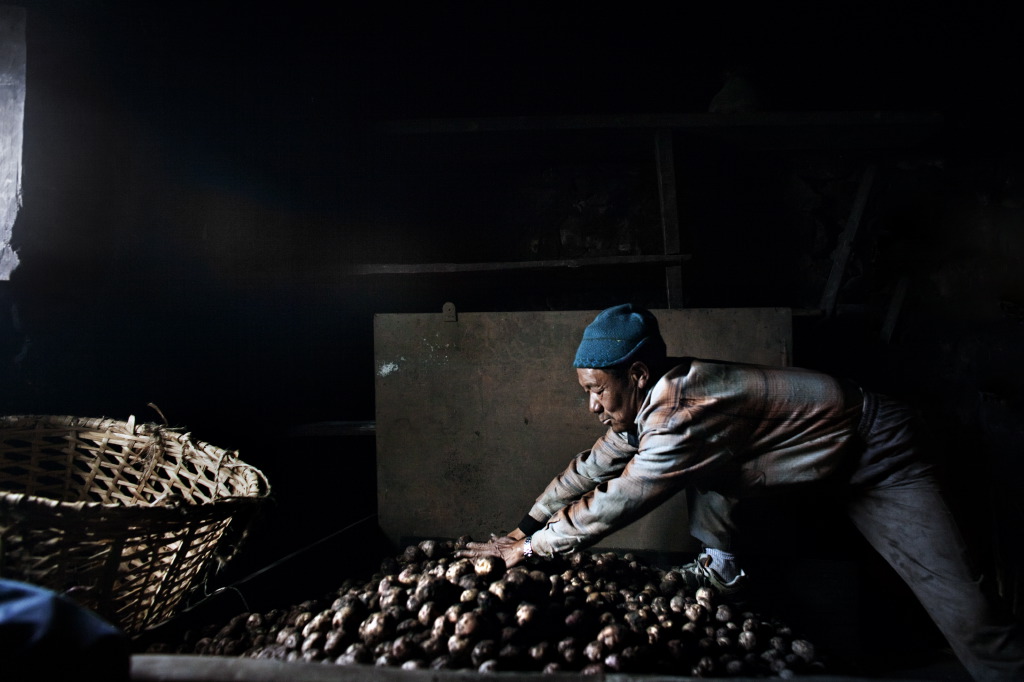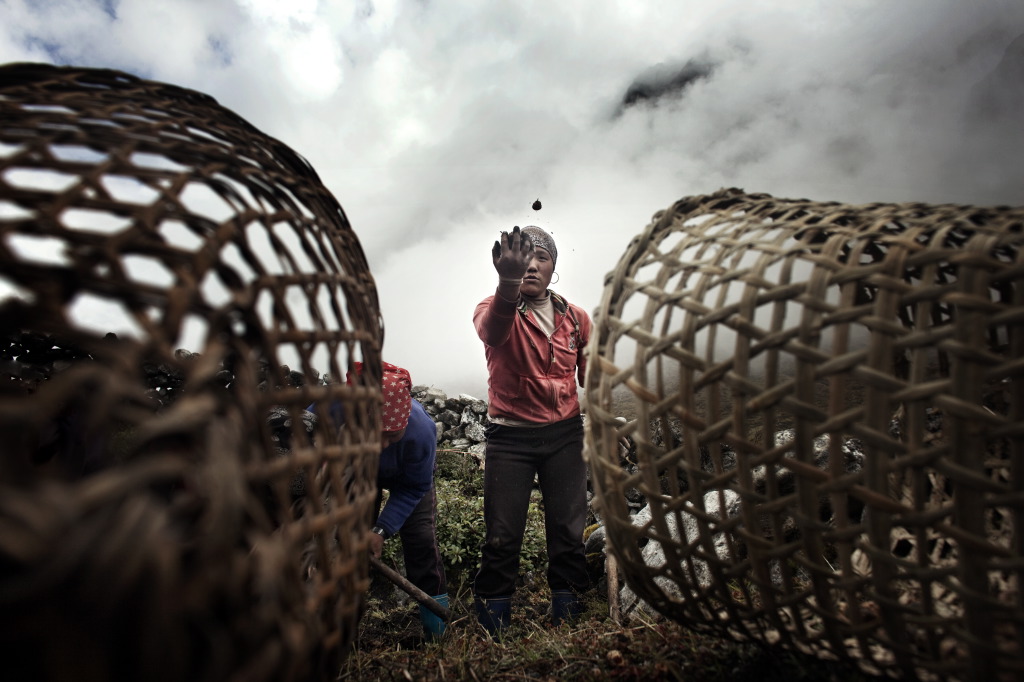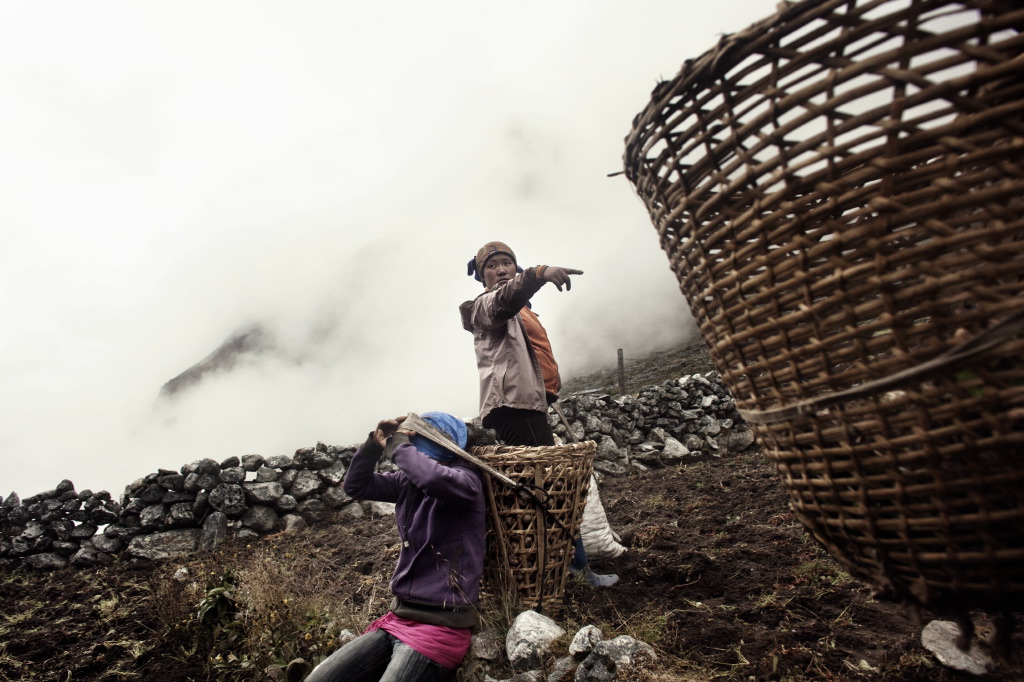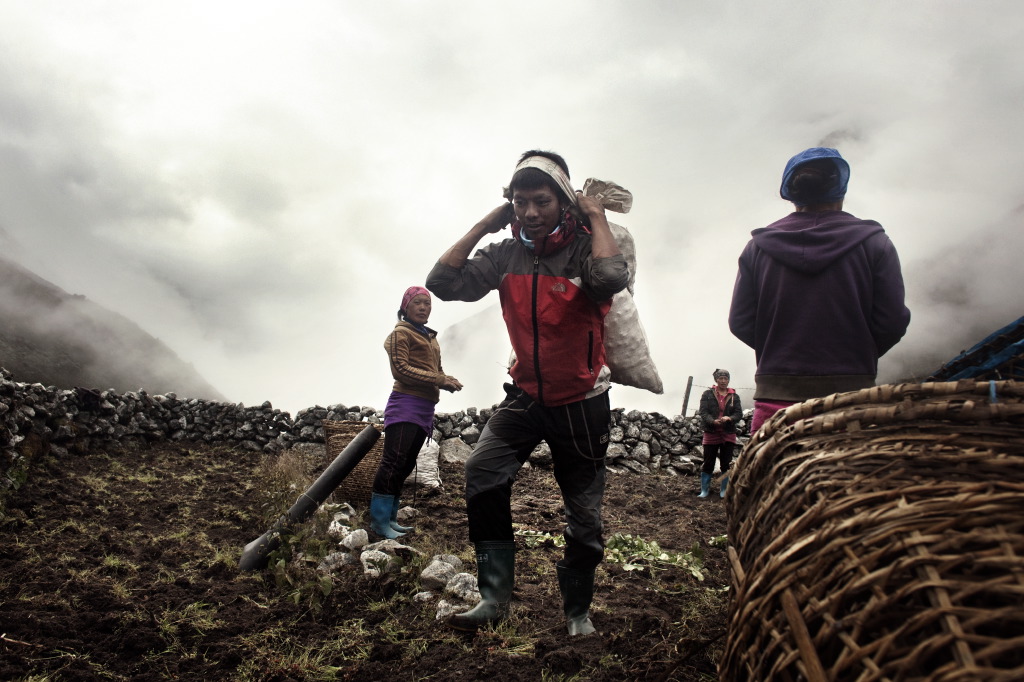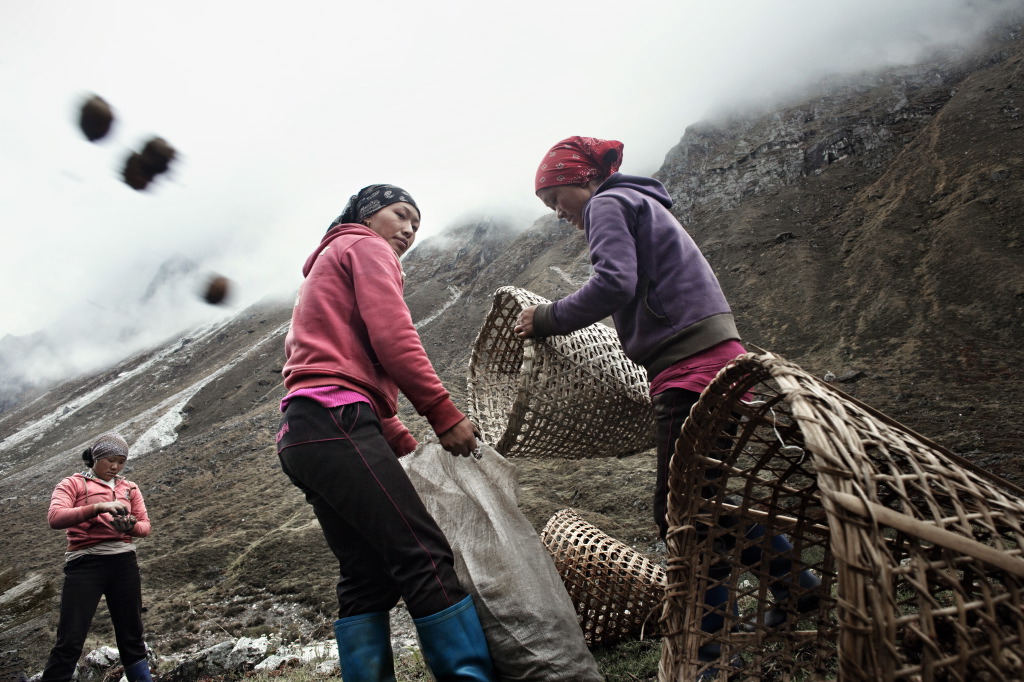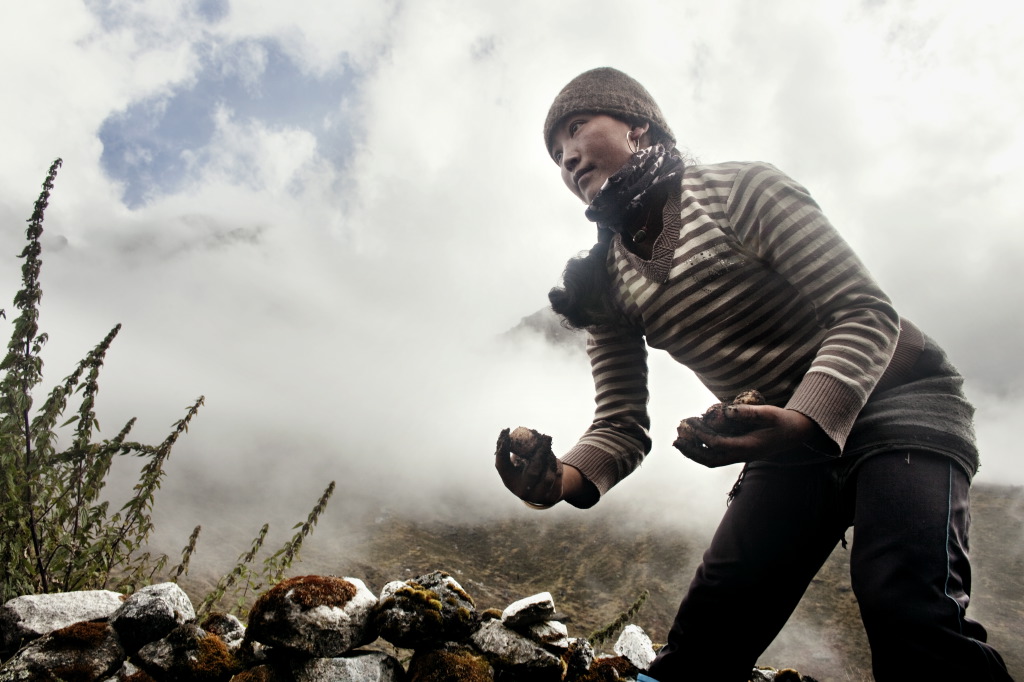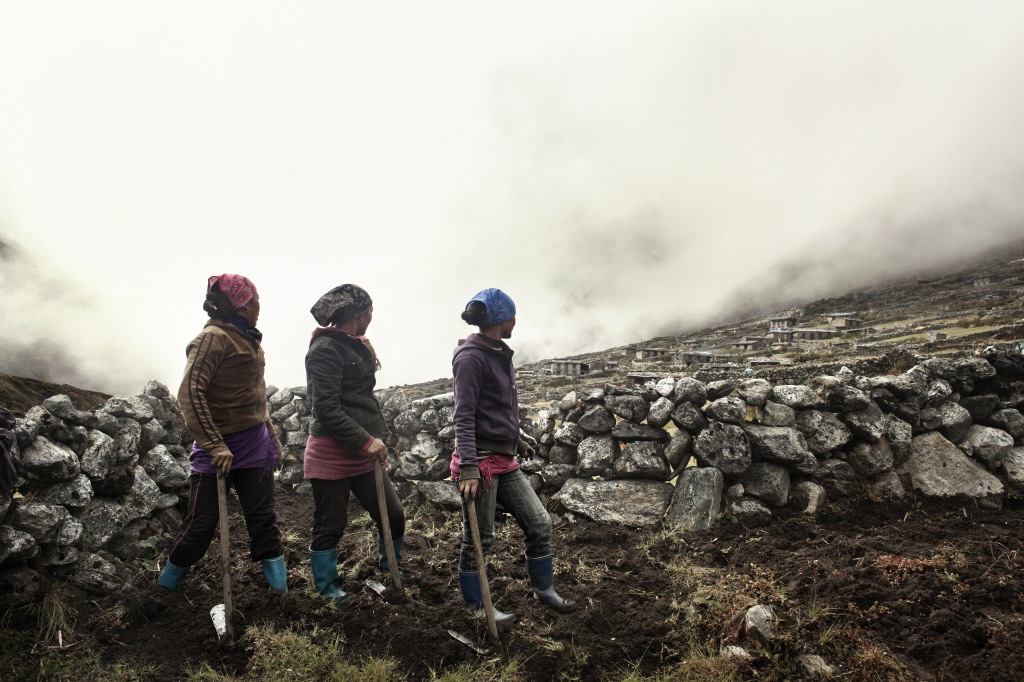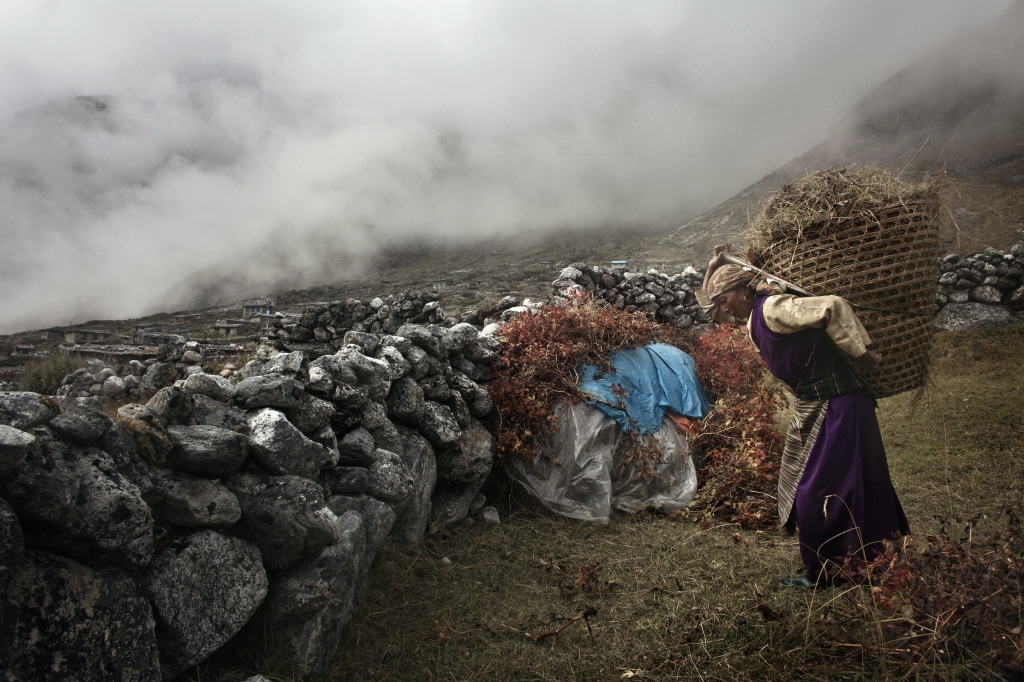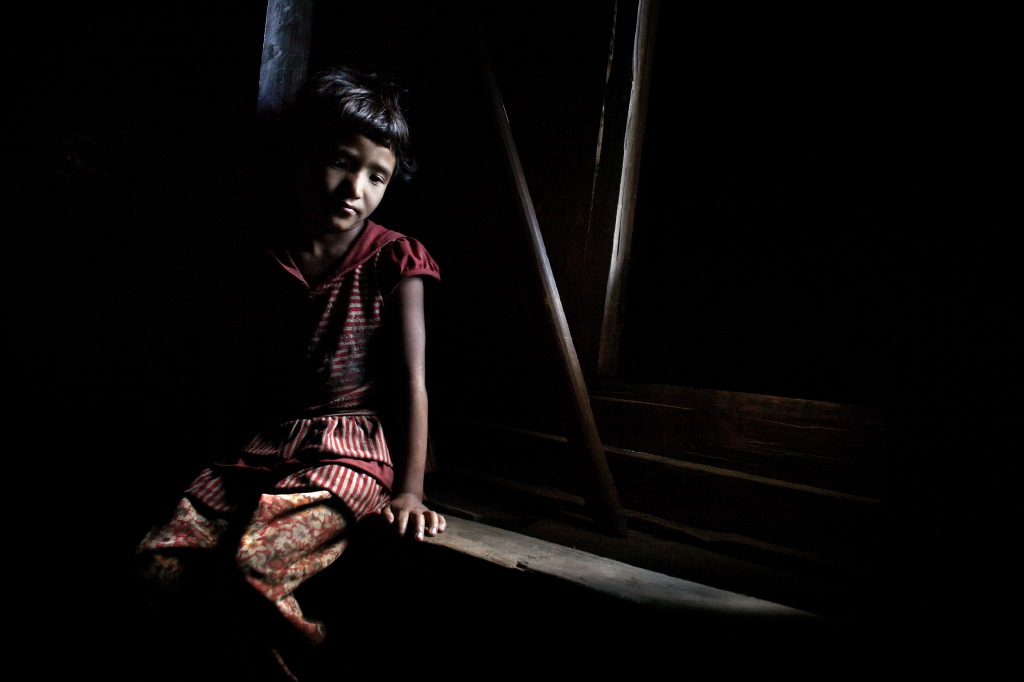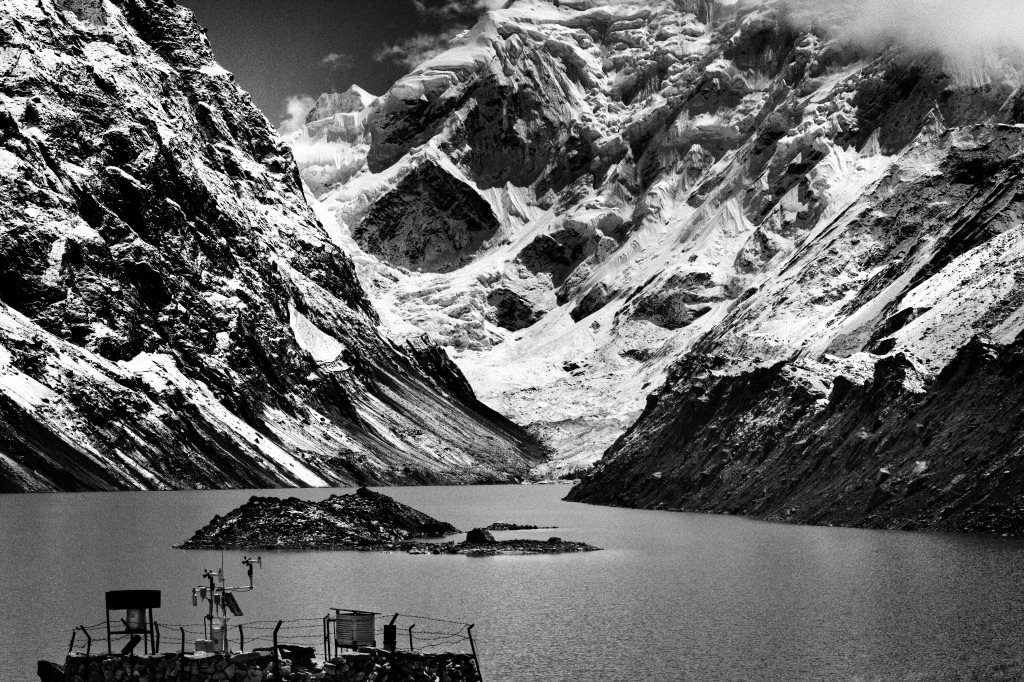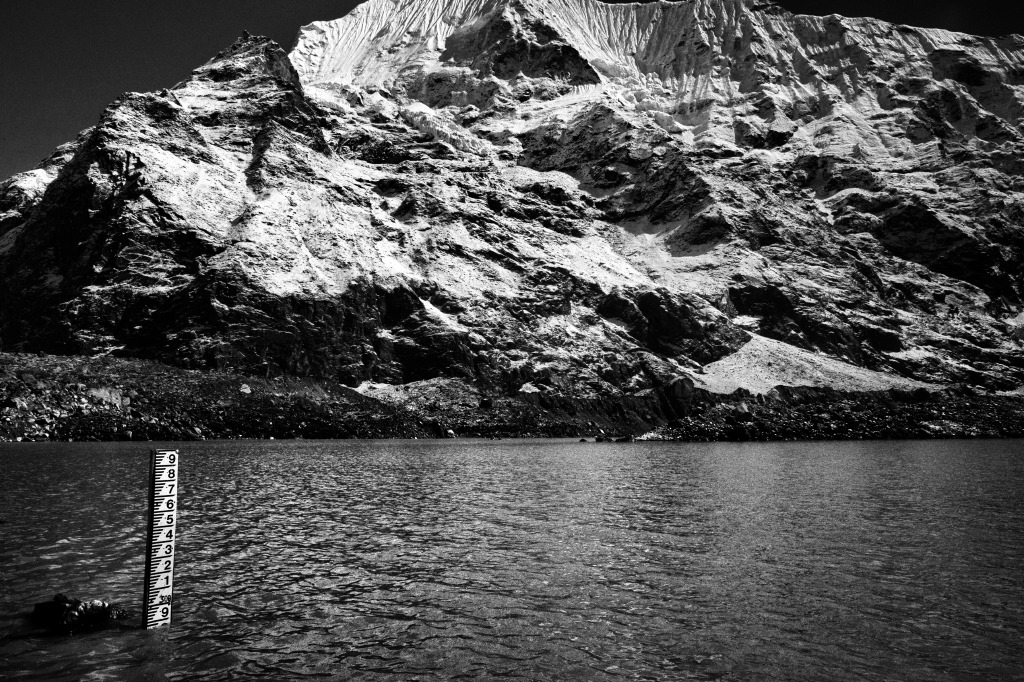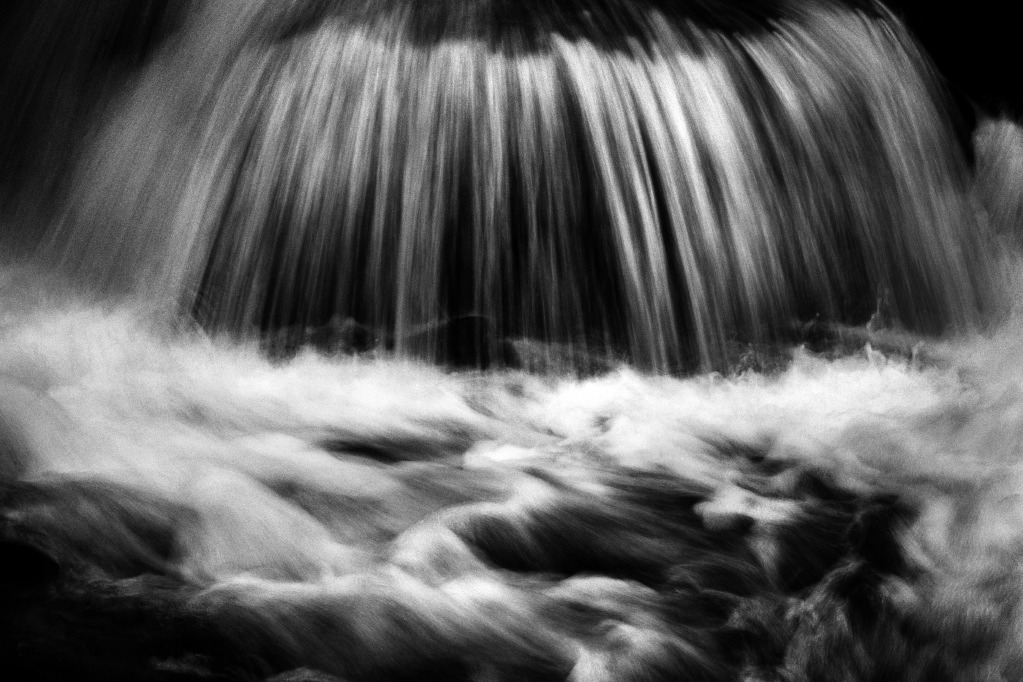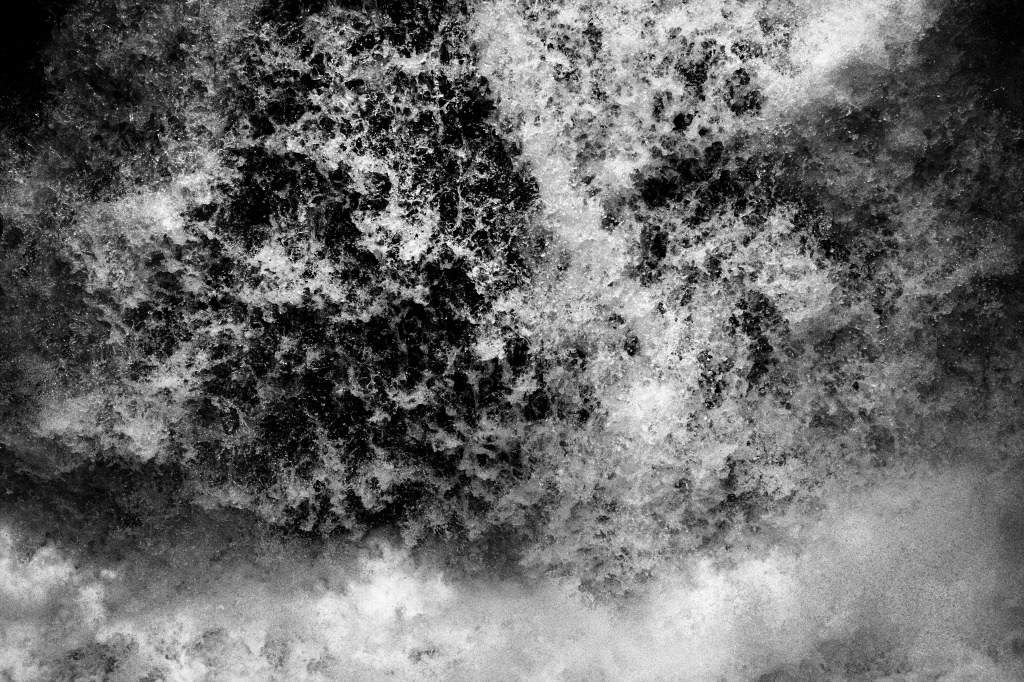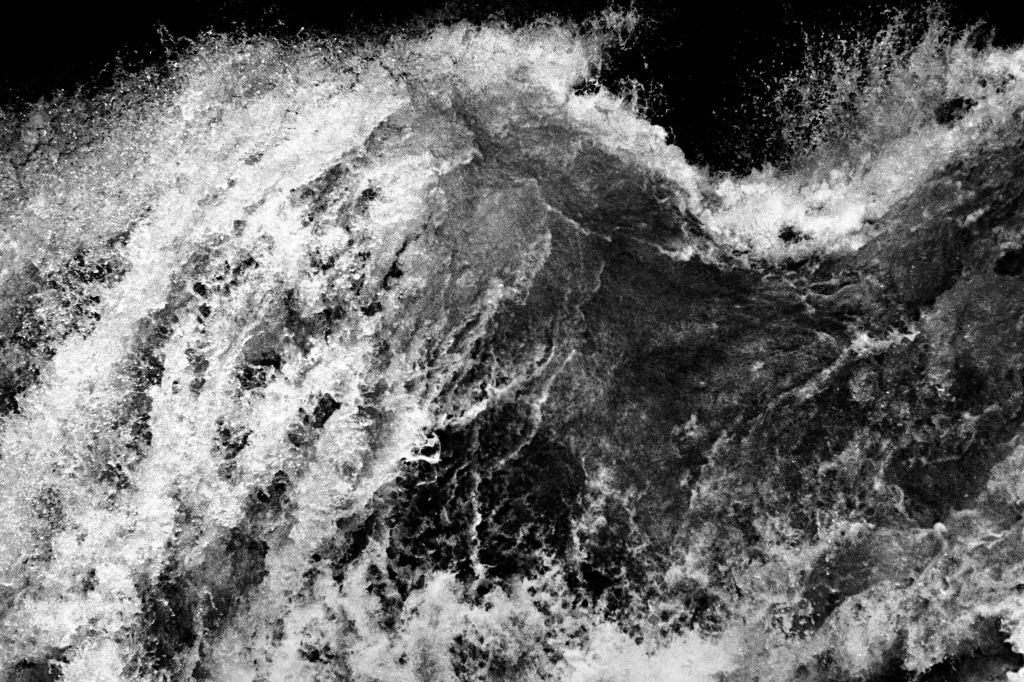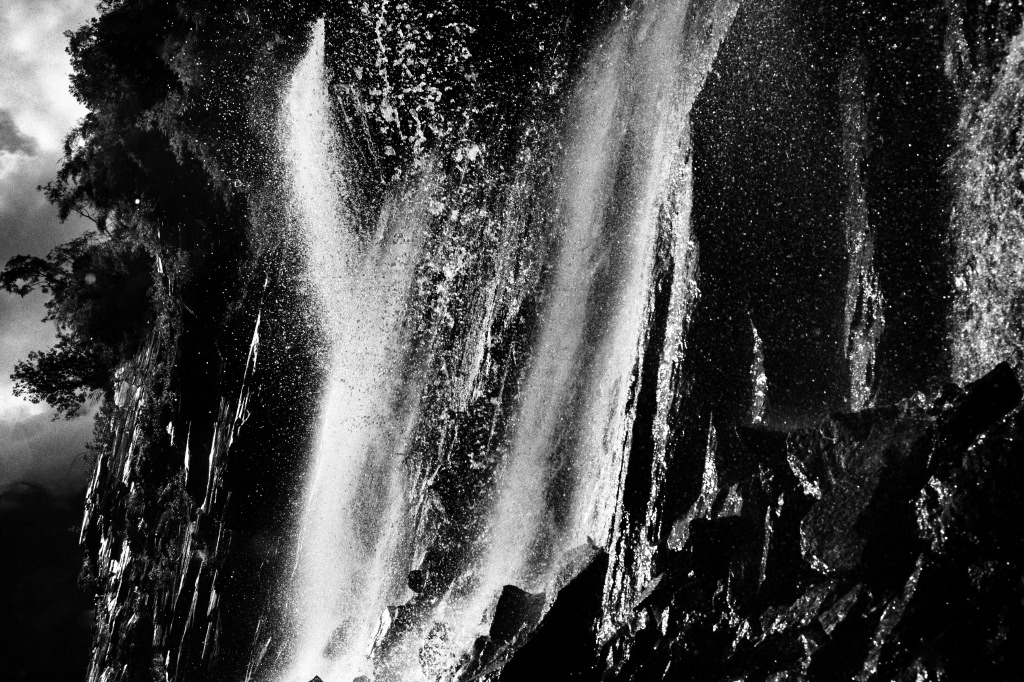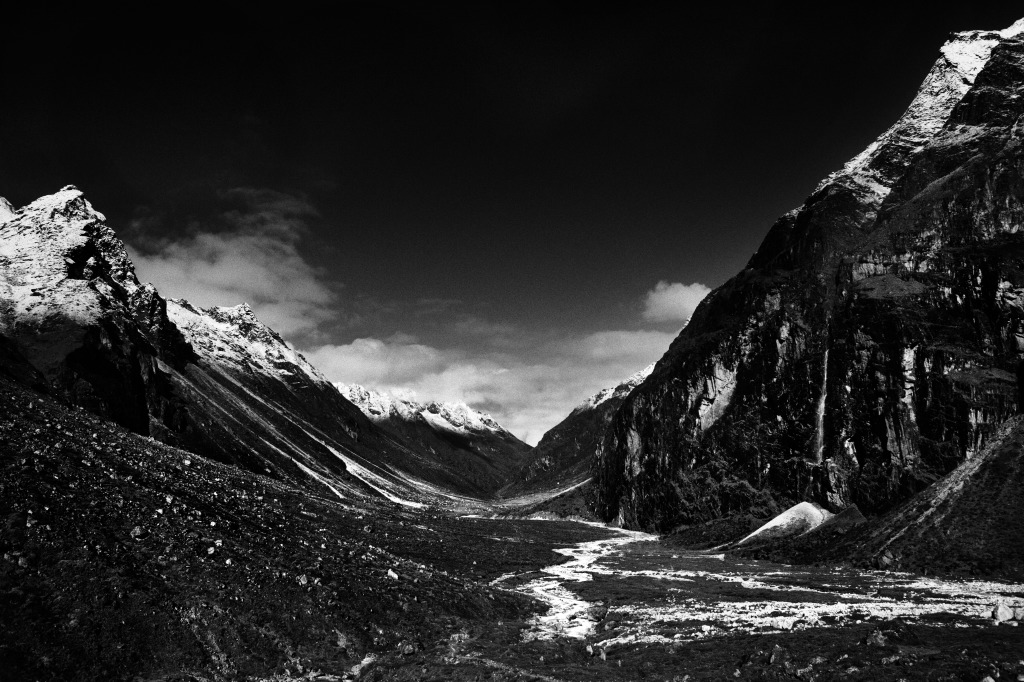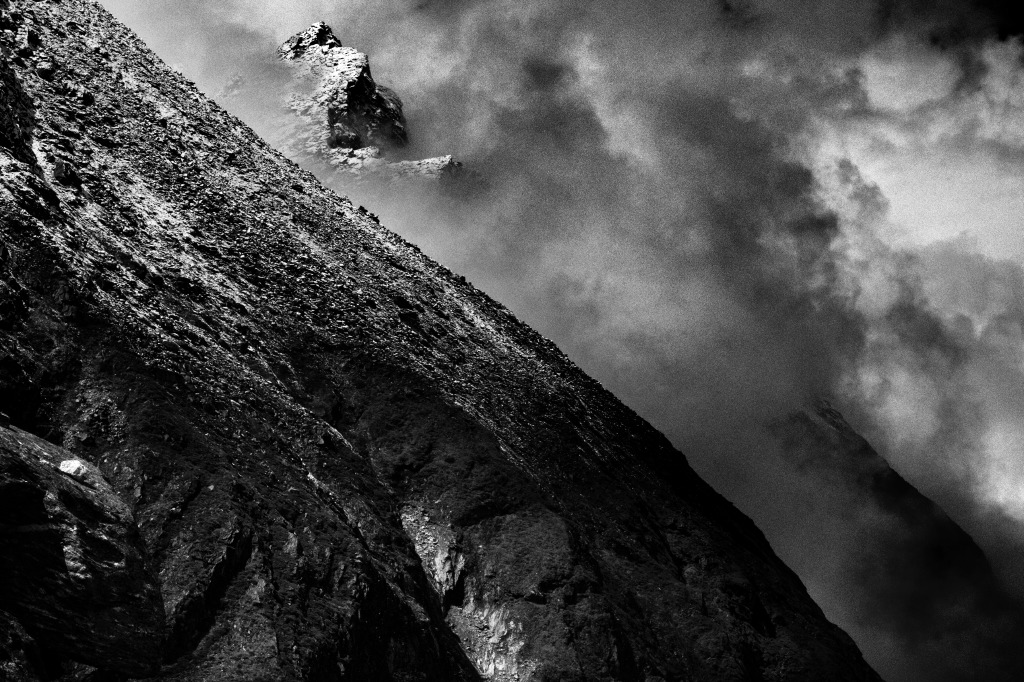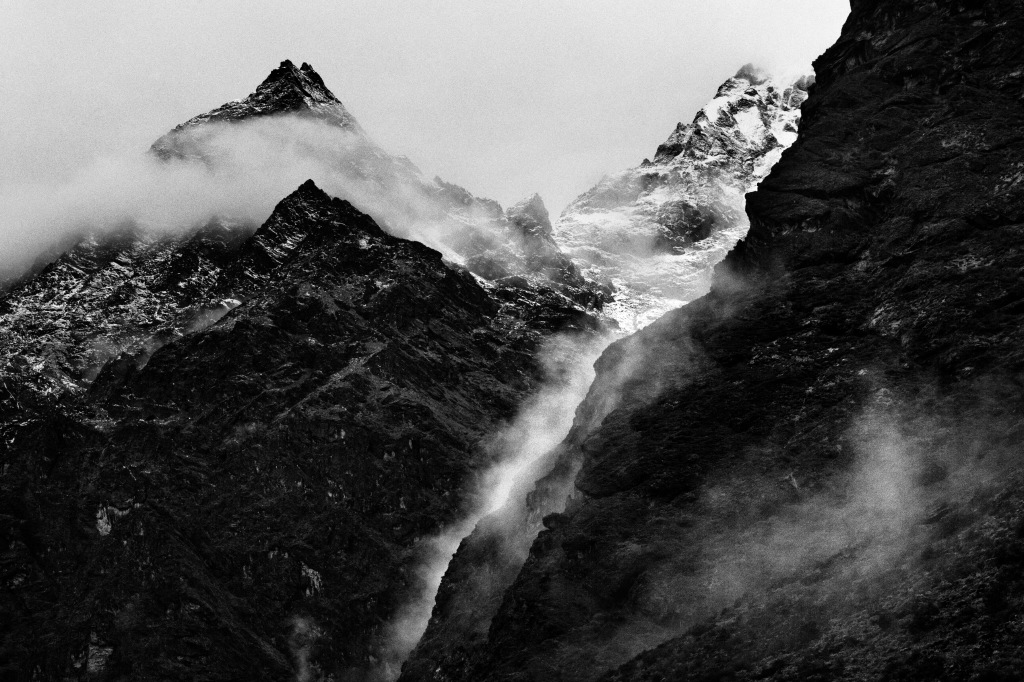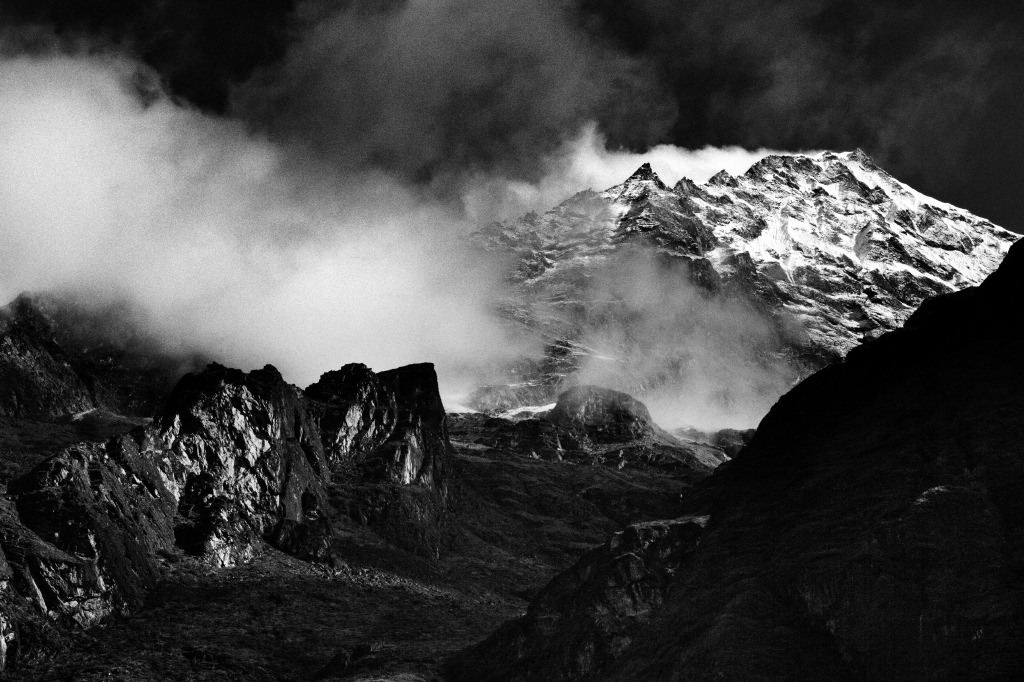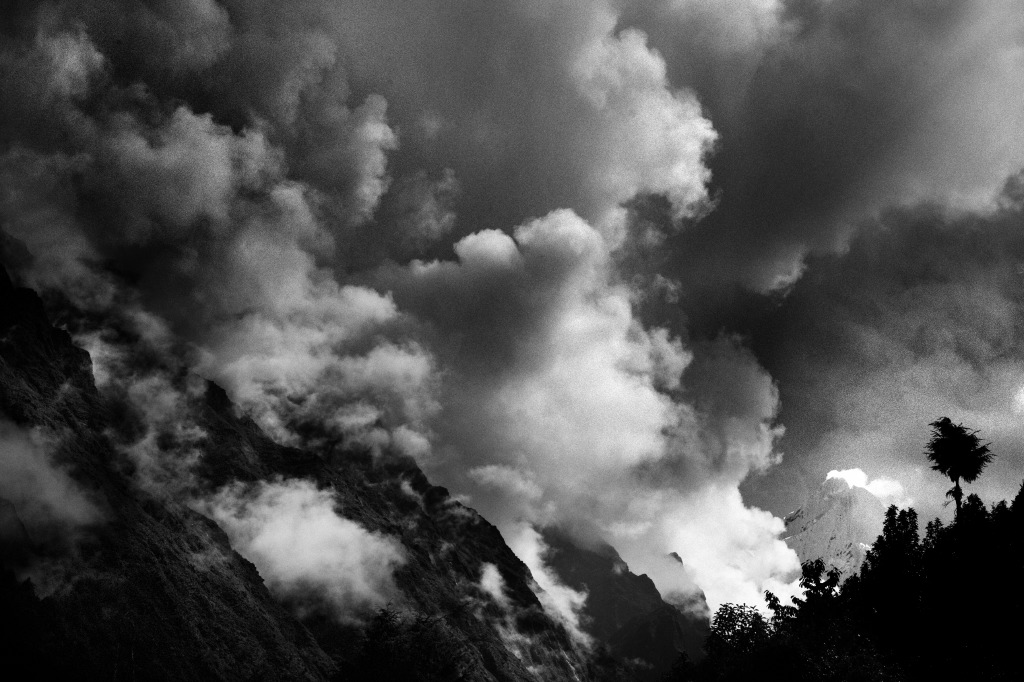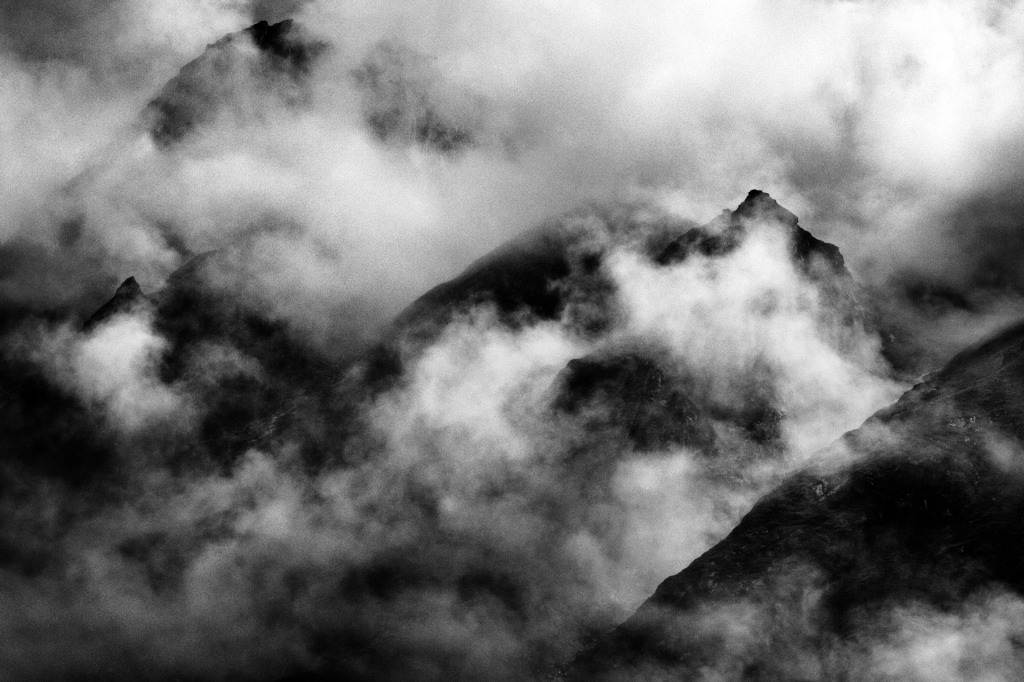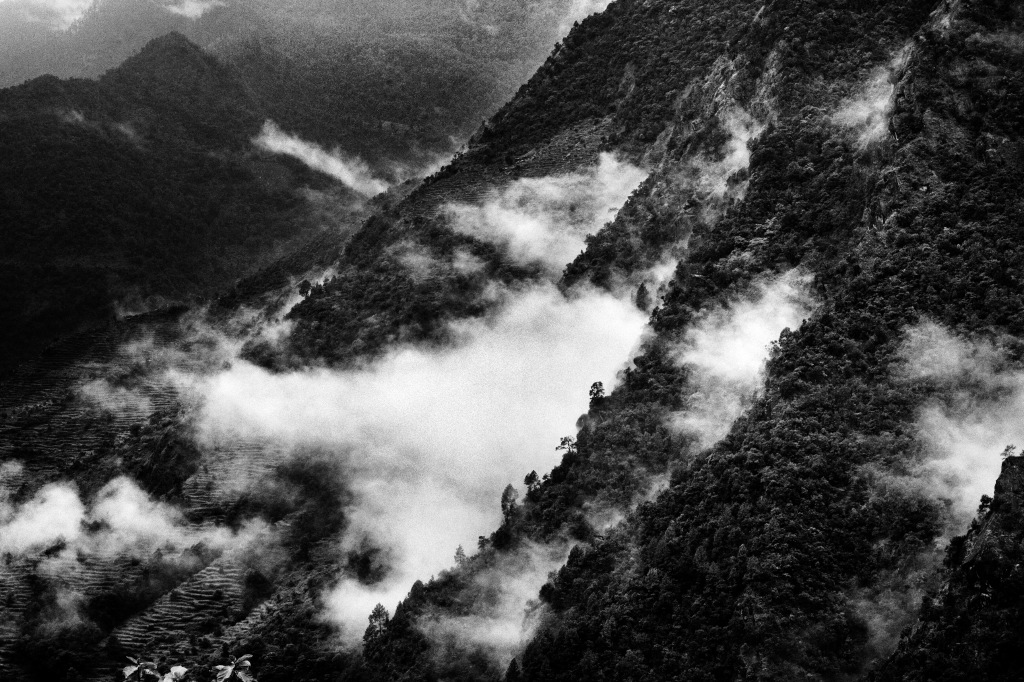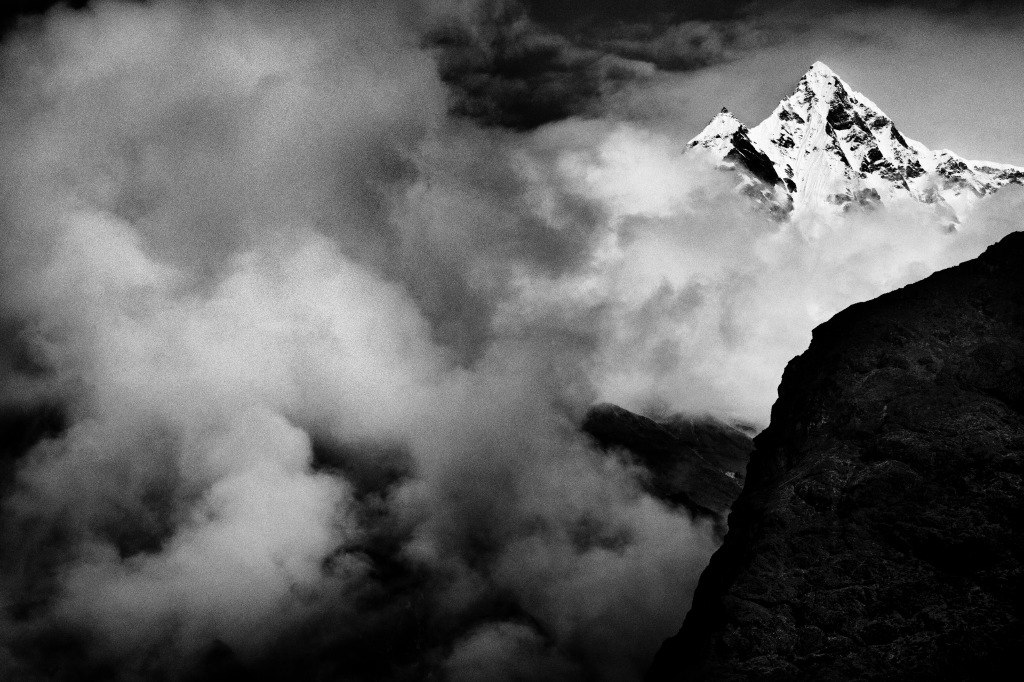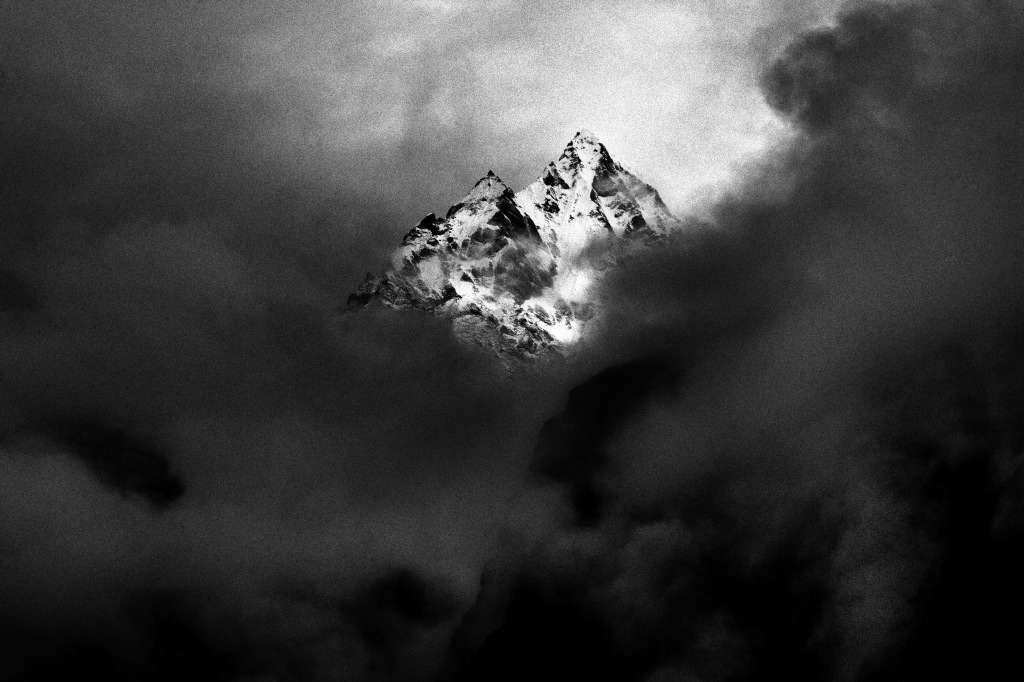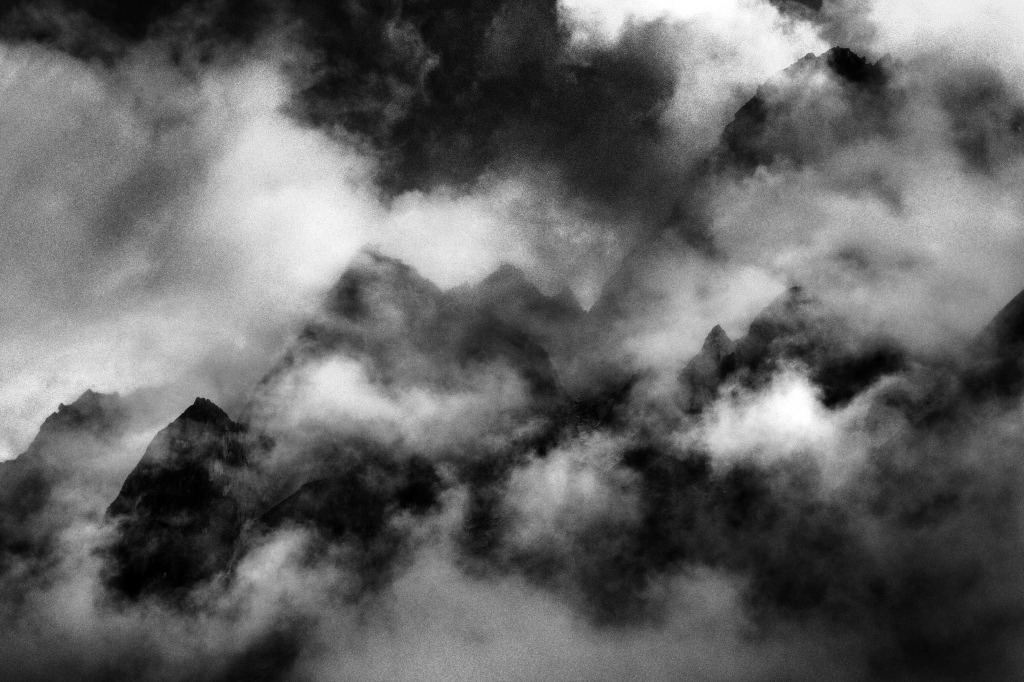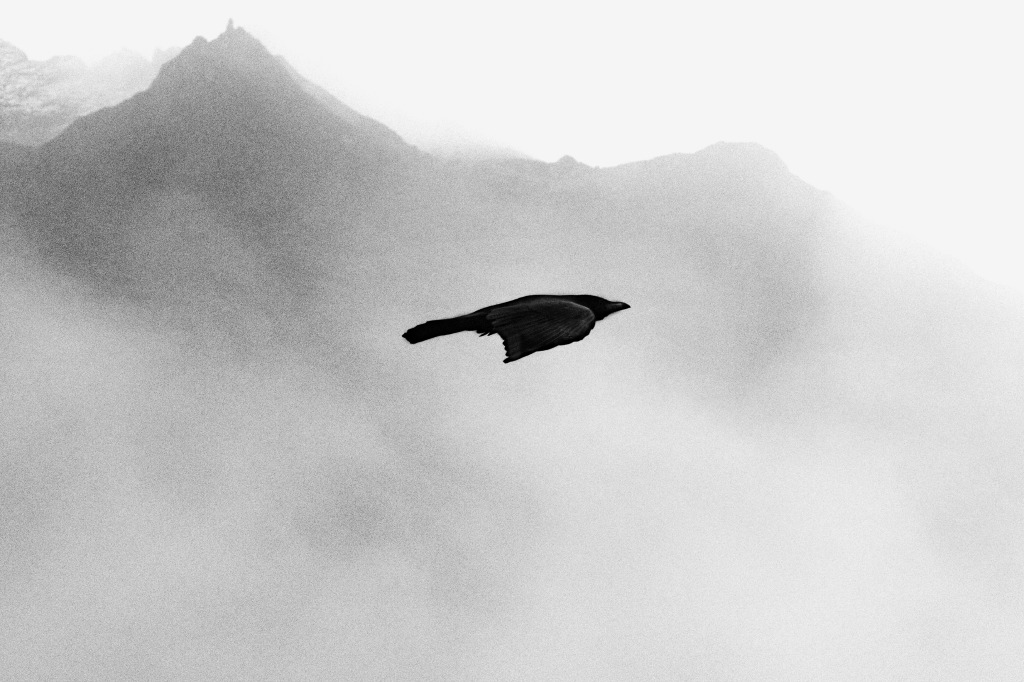X
The climate changes due to the increasing temperature of the planet are causing the recession of glaciers in the Hindu Kush mountain range, causing a worrying rise of the water level. When a glacier melts, a proglacial lake gets produced at the very bottom of the moraine and the same sediments carried by the glacier act as a natural dam for the water. These lakes have long been in a precarious balance between the amount of water that results from the melting ice and the quantity that flows away through their emissary streams. The global warming has been leading to a rapid glaciers’ melting in the recent years thus altering such balance. The water-level of these lakes has grown rapidly and the moraines, retaining the water, might not withstand its weight. Monsoons, with their plentiful rains, worsen the situation, increasing the risk of floods into the valleys below. The Lake Tsho Rolpa, it’s the largest and most dangerous glacial lake in Nepal and it is located in the Rolwaling Valley, approximately 30 km southwest of Mt. Everest. It was formed over the past forty years as the Trakarding Glacier has stagnated, melted and finally recessed. The lake is at an elevation of 4.580 m, is approximately 3 km long, 0.5 km wide and up to 135 m deep. It is retained by a natural moraine dam that is unstable and might burst. May the dam break, the resulting flood of approximately 80 million cubic meters would inundate the entire valley, putting at risk 6000 lives, 60 hydroelectric sites and other infrastructures. I The damage would have a severe impact on Nepal’s economy. The Tsho Rolpa lake is currently surrounded by sensors and alarms, connected to sirens in the nearby villages. But alarms provide only a 10-minute advance notice and that’s too short for ensure villagers’ evacuation. Entire families of farmers living in the Rolwaling Valley are therefore seriously worried about their own and their children’s future survival. Yet, they are forced to remain in their villages breeding yaks and cultivating potatoes and they have no other place to move to. (text by Luca Catalano Gonzaga).
